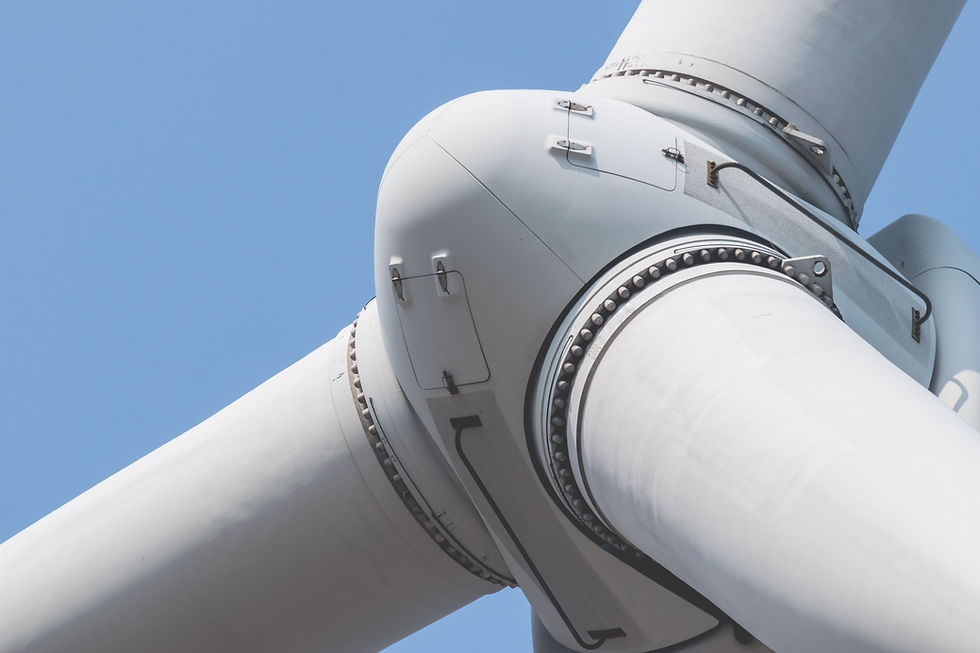Defence Industry in Focus: How Precision Casting Fuels Global Military Modernisation
- WMC

- Jun 16
- 2 min read
The Surge in Global Defence Spending
Military spending is growing faster than ever. In 2024, countries worldwide spent a record $2.718 trillion on defence—a 9.4% increase from 2023, making it the largest annual rise since the Cold War . This surge represents 2.5% of global GDP, and overall military budgets have climbed by 37% since 2015 [Source].

Regional Highlights
Europe (including Russia): +17% to $693 billion, driven by the conflict in Ukraine .
Middle East: +15% to $243 billion .
Asia & Oceania: +6–7% to $629 billion .
Top Defence Spenders in 2024
Country | Spending (USD) | % of GDP |
🇺🇸 USA | $997 billion | 3.4% |
🇨🇳 China | $314 billion | 1.7% |
🇷🇺 Russia | $149 billion | 7.1% |
🇩🇪 Germany | $88.5 billion | 1.9% |
🇮🇳 India | $86.1 billion | 2.3% |
Within NATO, 18 of 32 member states spent at or above the 2% GDP threshold—up from 11 in 2023 .
Why Precision Casting Matters in Defence
Defence systems need strong and reliable parts, and that’s where precision metal casting comes in. This process is used to make components that can handle extreme stress and harsh conditions. These parts are found in everything from warships and tanks to base infrastructure and power systems.
Some key uses include:
Naval Defence: Cast parts are used in ship engines, hulls, and propellers.
Ground Vehicles: Tanks and armoured vehicles need cast components that are tough and long-lasting.
Military Infrastructure: Bases and facilities rely on solid cast parts for their structure.
Power Systems: Turbines and nuclear-related components require precise, heat-resistant castings.
As more countries upgrade their military equipment, demand for large, high-quality castings continues to grow.
Market Trends & Strategic Implications
The precision casting market was valued at approximately $19–20 billion in 2023–24, expected to grow at a 4–6.5% CAGR to reach $23–26 billion by 2030–33 .
Precision casting makes up about 18% of all metal castings, projected to surpass 20% by 2033 .
In the US, defence-grade castings represent roughly $50 billion in supply chain value .
Governments are boosting local casting capacity—e.g., the UK recently opened a £25 million facility for military howitzer production [Source].
Quality and Reliability Matter
In the defence sector, there’s no room for error. Parts must meet strict quality standards and certifications like ISO 9001 or CE PED. Governments and defence companies need suppliers who can provide reliable products on time. This includes having the technical ability to work with advanced materials like high-alloyed and stainless steel, and the capacity to deliver at scale.
What It Means for the Industry
Defence is one of the areas where precision casting is most critical. While many manufacturers are active in this space, the industry needs more suppliers who can meet the growing demand for reliable, certified, and large-scale castings. This creates a strong opportunity for foundries that are capable of entering this field.
Looking Ahead
As global defence budgets continue to rise, modern militaries will rely more on advanced manufacturing techniques like precision casting. Whether it’s for ships, tanks, or infrastructure, these components will play a central role in keeping defence systems strong and operational.
For companies with the right capabilities, this growing demand opens new doors to contribute to global security efforts.



Comments